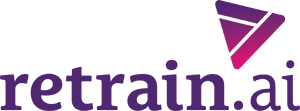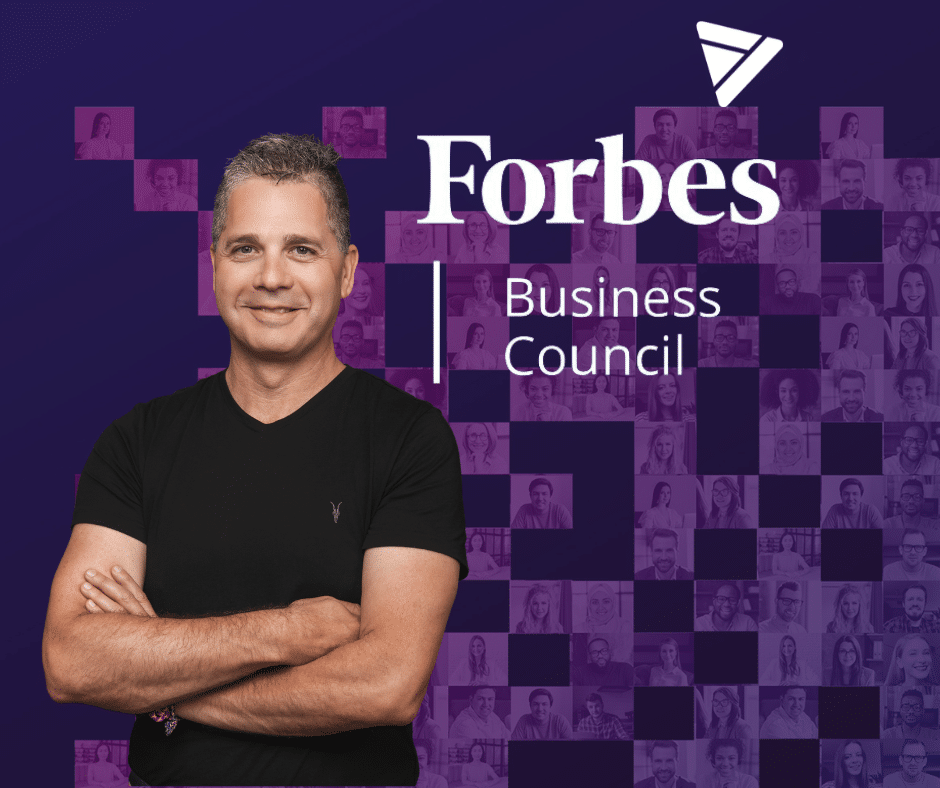Rapid digital change is happening at all organizational levels. In 2020, businesses faced unprecedented changes and disruption. The adoption of digital tools has been accelerated and pushed to an unparalleled shift in skills demand.
Business leaders needed to re-evaluate their own roles to effectively drive workforce development and workplace culture, and indeed, 42% of companies stepped up their upskilling and reskilling efforts after the pandemic outbreak.
Among the leadership functions, one role has been transforming rapidly – the Chief Learning Officer.
While the traditional CLO oversees training and compliance, the new CLO develops the organization’s learning culture amid technological, global, and industry rapid changes. The new CLO prioritizes leadership development, measurable learning outcomes, digital readiness, and innovative learning methods, to allow all business functions to tackle future challenges.
Here are the main 6 factors impacting the emerging new CLO Role:
1. Rapid Changes in Roles and Occupations
Digitization and automation are changing the nature of work. New jobs are on the rise and others are declining. Organizations need to be more agile with their reskilling efforts to stay productive and competitive.
In the next two years, 42% of core skills required to perform existing jobs are expected to change. By 2022, no less than 54% of all employees will require significant re- and upskilling.
2. Moving to Skill-Based Hiring Rather Than Engaging by Job Function
As jobs are changing, hiring for a job description is becoming less effective and many organizations are moving towards skill-based talent acquisition. Identifying the best talents requires analyzing the market trends and having granular visibility of the skill inventory. CLOs need to know who among their team has similar or close skills to the required. The result, in many cases, is a skill-gaps analysis that leads to practical training programs to close the shortfalls.
3. The Use AI and Data
Having clear visibility of job trends and skill inventory, and identifying the skill gaps in real-time, is extremely hard to do without the proper data. AI and Machine Learning technologies provide detailed talent mapping and accurate employee profiles. The new CLO uses data-powered platforms to develop personalized career pathways based on employee skills and organizational needs.
With the use of data, talent management becomes more attuned to the employee aspirations, aligned with the business goals – a win-win situation that increases employee engagement and boosts performance.
4. Closing the Skills Gap for Career Development
From improving employees’ performance to growing and developing career pathways.
As skill-building, learning and development, and employee experience initiatives become more data-driven, organizations will need their leadership to help employees navigate their career development in innovative ways. Instead of a one-size-fits-all approach, personalizing employee journeys using new data-centric technologies will be key to building talent and relationships across the organization.
As millennials are taking bigger portions of the labor market, it’s important to understand their driving forces and motivations. 87% of millennials rate “professional or career growth and development opportunities” critical to their work satisfaction. The new CLOs cannot overlook these impressive numbers.
Attrition, retention rates, and quality of employee experience should be at the forefront of the new CLOs’ minds when building training and upskilling programs.
Managers should offer employees personalized learning opportunities that expand their knowledge and experience, and at the same time, align with the organization’s strategic workforce planning and the market trends.
5. Improving D&I Strategy
Everybody is talking about D&I and indeed companies have ramped up their investments in D&I. According to Gartner, 75% of organizations that prioritize a diverse and inclusive culture are predicted to exceed their financial targets.
The CLO’s role is critical to implementing the diversity strategy through learning by providing the actionable tools for personal and professional career development to marginalized groups.
The outcome of bridging the skill gaps and helping fulfill potential is reducing inequalities and promoting meaningful inclusion and career progress.
6. Democratization of the Learning Process
The rise of e-learning and education companies and Moocs (Massive Open Online Courses) significantly impacts organizations’ ability to grow and thrive in this rapidly moving world.
The new education companies such as Coursera, Linda, and Guild Education, to name a few, provide affordable courses designed to gain new skills at fair pricing in a reasonable time manner.
While each ed-tech company takes a different approach in their learning process, all share the same mission: to provide accessible training and learning programs and bridge the gap between traditional education and industry requirements.
AI allows to map courses by skills, and platforms such as retrain.ai enable CLO’s to personalize programs and match accurately to a personalized career trajectory.










